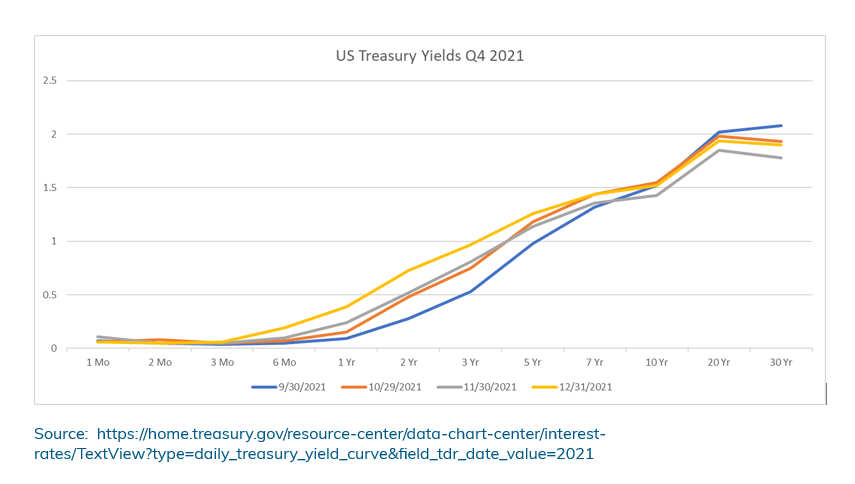 Banking Transformed
Banking Transformed
Banking Transformed by the Financial Brand’s Jim Marous has new episodes several times a month. It features executives from financial institutions, financial technology firms, authors, consultants, and other experts in the banking industry. Some recent episode titles include: “How micro-engagements generate sales and build loyalty,” “The art of standing out in financial service marketing,” and “Building a future-ready digital banking platform.”
 Banking on Fraudology
Banking on Fraudology
Banking on Fraudology is hosted by Hailey Windham, CFCS, who was named a 2023 CU Rockstar.
She’s passionate about educating people and credit unions on scams and how to avoid them. Among recent episodes, Windham has tackled data breaches fueling fraud, provided tips on educating credit union members about fraud, and called on fraud fighters to help stem tech support scams.
 Banking with Interest
Banking with Interest
Banking with Interest, hosted by former journalist Rob Blackwell and Intrafi Network, is a weekly podcast that headlines former regulators, current legislators, and banking industry reporters to discuss banking policy, commercial real estate risk, check fraud, and community bank consolidation.
 Ahead of the Curve: A Banker’s Podcast
Ahead of the Curve: A Banker’s Podcast
Ahead of the Curve: A Banker’s Podcast features insights from banking leaders and advisors across the industry. This monthly podcast, hosted by Abrigo, helps bankers stay ahead of developments in the fast-changing environment. Recent episodes have tackled elder financial exploitation, preparing for CFPB 1071, the pros and cons of outsourcing asset/liability management, and stress testing.
 Bank Slate Convos
Bank Slate Convos
Bank Slate Convos with Paul Davis features Davis, a consultant and advisor to financial institutions and former editor and reporter for American Banker. He hosts banking executives, regulators, and association leaders to talk about critical issues in banking. Discussions focused on retaining talent, AI and automation, and corporate governance are among the topics from recent episodes.
 With Flying Colors
With Flying Colors
With Flying Colors, presented by Credit Union Exam Solutions, is on top of the latest regulatory issues for credit unions. The host, Mark Treichel, is the former NCUA Executive Director and now a consultant to credit unions. Episodes recently have covered banking cannabis-related businesses, the impact of the Supreme Court’s Chevron decision, trends in CAMEL codes, and tips for what to do if your credit union receives a letter of understanding.
 Main Street Banking: A Podcast for Community Bankers
Main Street Banking: A Podcast for Community Bankers
Main Street Banking: A Podcast for Community Bankers is hosted by the Barret School of Banking, which posts new episodes once a month or so. Sometimes 20 minutes, sometimes 50 minutes, this podcast digs into topics such as managing data, handling anxiety tied to report-writing or meetings, identifying risk, and deposit pricing. It also examines how community banks are different from other types of financial institutions and provides strategies for optimal operations.
 Banking on Digital Growth
Banking on Digital Growth
Banking on Digital Growth is hosted by digital marketing and sales strategist James Robert Lay. The podcast shares stories from digital marketing and sales technology firms as well as financial brand marketing and sales leaders. Titles of recent episodes include “If I were a bank CEO: Empowering change for financial leaders” and “Navigating user experience pitfalls: The impact of misaligned expectations.”
 The Community Bank Podcast
The Community Bank Podcast
The Community Bank Podcast, sponsored by the Correspondent Division of SouthState Bank, features interviews with investors, consultants, and SouthState specialists to cover a wide range of topics. Recent episodes have included discussions on bank failures, CRE loans, resolving team conflicts, and helping lenders succeed.
 Fraud Talk
Fraud Talk
Fraud Talk is a monthly podcast for the Association of Certified Fraud Examiners (ACFE). It covers case studies and tips from anti-fraud experts to provide tools to spot and prevent fraud. Episodes include insights into occupational fraud trends, navigating difficult discussions with examiners, using AI in compliance and risk management, and fraud within homeowners associations.



























